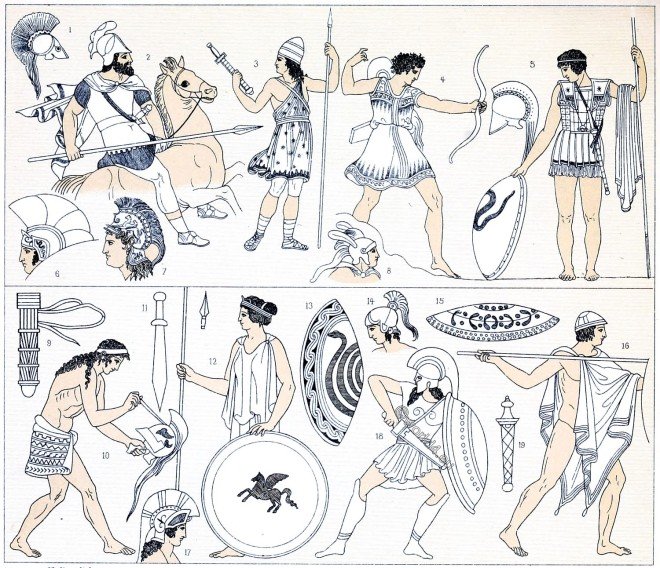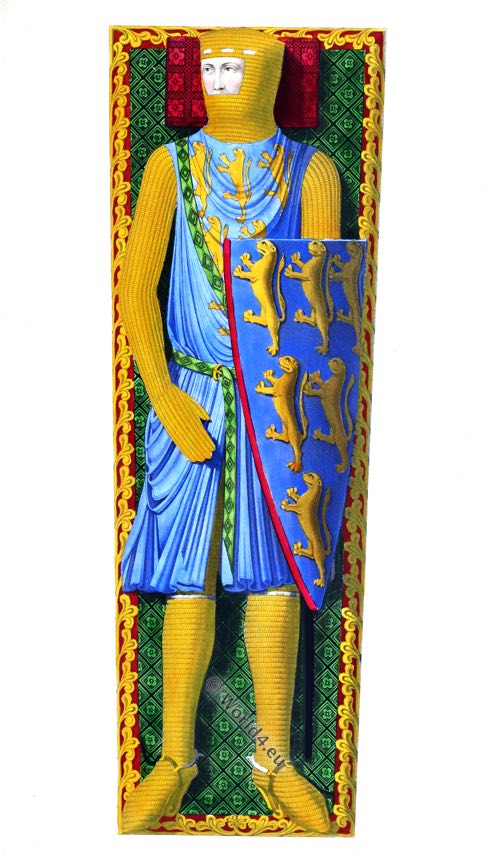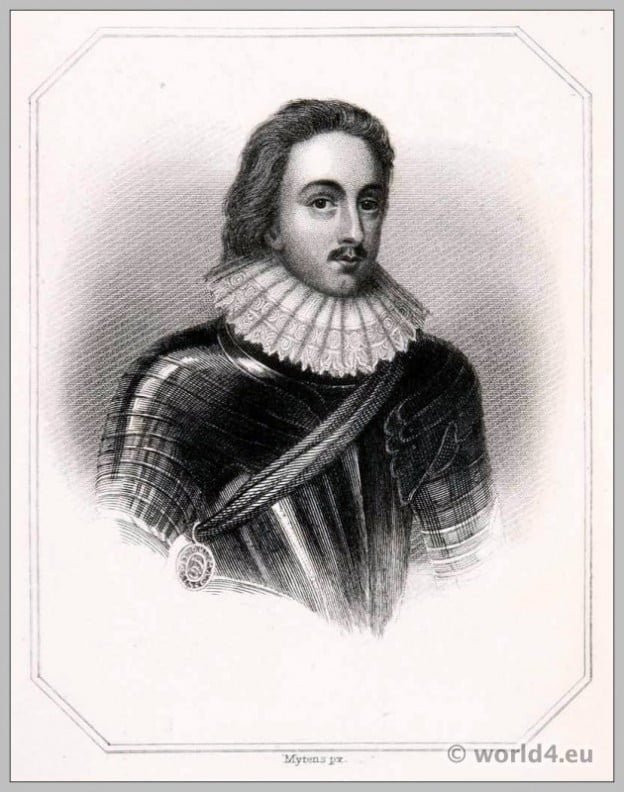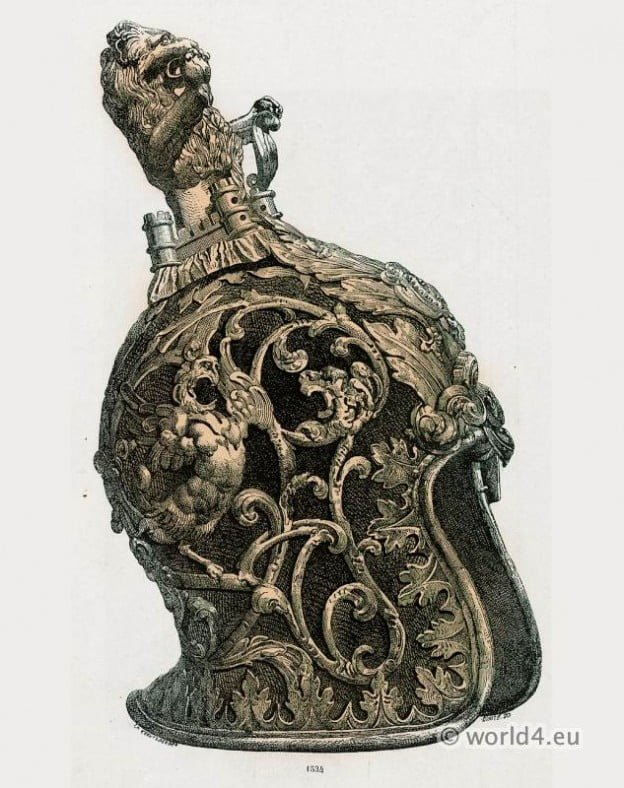Armory of H.H. The Nawab of Tonk, Rajputana (Muhammad Ibrahim Ali Khan 1848-1930), Central India.
Tag: Armor
The Greek military of antiquity. Spartans, Hoplites, Peltasts.
Greek military. War costumes and weapons. The Spartans, Hoplites, Peltasts. The leaders, the soldiers, the shields. Defensive weapons. Attacking weapons.
War costumes in the Middle Ages. Flags, banners, standards.
War costumes of the Middle ages. France 12th, 13th and 14th centuries. Weapons from the 12th to 15th centuries. Armor, weapons, flags, banners, standards.
Roman soldiers and gladiators. Function, armor and armament.
The legionnaires: The triarii, the impediti, the eques, the Centurio, the phaleratus, the military tribune – Caesar Imperator. – The signifer, the vexillarius. The gladiators: the mirmillo, hoplomachos, the retiarius.
Effigy of William Longespée, 1st Earl of Salisbury. England 13th century.
The son of King Henry II. by his celebrated mistress, Fair Rosamond. Much of romantic interest is attached to the name of Longuespee.
Portrait équestre de Henri IV en 1596 à cheval, âgé de 45 ans.
Equestrian portrait of Henri IV in 1596 on horseback, aged 45. King of France.
The Schaller. Helmet and neck cover from the 15th century.
The Schaller or Salade. Helmet and neck cover (beard hood) from the 15th century.
Jacques de Molay. Last Grand Master of the Knights Templar.
Jacques de Molay was the last Grand Master of the Order of the Temple. Jacques de Molay was executed at the stake in 1314.
Henry Frederick Stuart, Prince of Wales 1612.
Henry Frederick Stuart, Prince of Wales (1594-1612) was the eldest son of King James I and Anne of Denmark.
Magnificent Venetian helmet, c. 17th c.
Venetian manufactures. Collection of the Emperor Napoleon III. Defensive weapons. Helmet. Baroque period.










